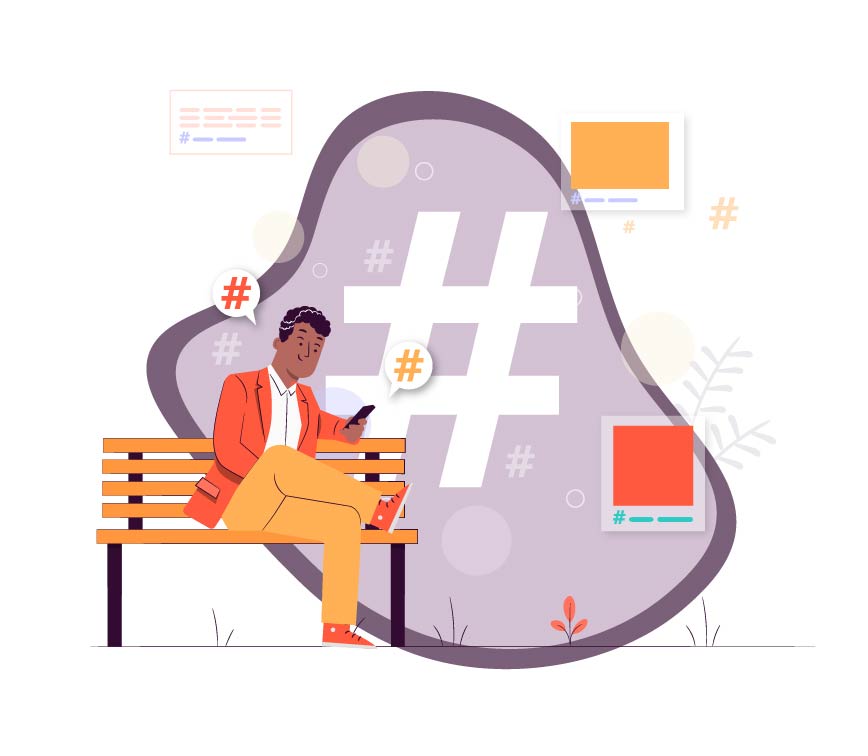When it comes to current marketing explainer videos project, captions are relevant to where someone buy band t-shirts as a teenager back in the 1990s.
A Hot Topic.
We have multiple platforms than connect with audiences through marketing explainer videos. And with more media come more durables to consider while producing marketing explainer video, especially when it comes to captioning.
For example, Instagram does not allow closed captions, but YouTube enables closed captions. If you want to create a video with caption to live on both platforms, how do you avoid potential cross-channel caption ambiguity at the end of the project?
The solution is to plan for captions early in the video production process. Please see some marketing explainer videos:-
Maybe this is the first video you’re creating for your startup. Or perhaps you might have created hundreds of explainer videos but have yet to tackle captions, or you’re curious about captions. So let’s back up a little. What are the multiple kinds? Why even do we use them? Please put on your favorite 2000s band, and let’s get into it.
Rundown of Captions
Closed captions are the approach that you are most familiar with seeing. They are small, black boxes that feature white text like traditional times. You might have seen them on your TV while watching your team lose at a loud bar or on social sites like YouTube, Instagram, and Facebook.
On the other hand, open captions are the captions that are forever in the video. They cannot be turn off and on like closed captions can be. Open captions are sometimes related to being “burned in.” They give you a positive element of control—you know that the captions will be look up no matter where they see, and you can choose their color and font. But open captions can be prohibitive too.
You want to reformat a video in landscape mode (with open captions) to the vertical direction for a social media story. The permanent captions may be cut off on-screen.
You may be wondering—what is the difference between subtitles and captions? Well, subtitles are different from captions because they are an alternative to the dialogue on-screen. They may be of the same language or a different language than the audio and can consist of action notes or notifications and explanations of non-speech sounds.
Maybe the cousin of captions is the use of text on-screen, like animated typography. This approach grants you to point out key lines of the script while using fonts and colors to evoke the emotions trailing the words. However, these are used as part of a larger creative concept and not as a solution to help with accessibility.


Use of Captions
Traditionally, captions are used to boost accessibility. About 20% of Americans have some degree of hearing loss, so it is essential to give them the option. Some bodies, including US federal offices and universities, are required by the ADA (American Disabilities Act) to add captions to any video content that they share.
For most short-form marketing explainer videos projects, the 75seconds video production house provides closed captions files to clients free of charge for convenience reasons. They are easy to create and give the client some flexibility in using them.
But now, in the auto-muted world of digital media, audiences may be watching your video content without volume by default. Or, maybe they are viewing it on their smartphone during their drive and forgot their headphones
In addition, to help with accessibility, captions are now a way to accommodate the media’s creative pressure. What good is developing a well-produce slice of video content if your message is not communicating well—either by sound or by caption?


Production Process and the captions
Captions are wholly helpful in multiple ways. But how do they appear in the video you are watching?
While developing a video with closed captions, we will take the approved script for the video and format the text into an .SRT file. Each caption is form within a “trigger,” a set of times when the caption will be display on the screen.
We will then deliver the .SRT file to our client along with the final video file once the project is complete. When you upload the video to a platform that supports closed captions, you upload the .SRT file as well.
Developing open captions for a video project is easy if they are part of the project from the beginning. Modifying them after the project is completed is where things get hectic. The lower part of a frame, where captions appear, is prime real estate.
Maybe in that area, there are already some minor characters. Or essential scene-setting elements. Or even a logo on display! Adding open captions on top of the cultured product risks overlapping crucial parts of your video.
When 75seconds and Explainervideo4u typically start a project, we work with our clients to regulate where the videos will ultimately live. This helps us to give a better sense of how we should caption. If a video will be use at a trade show counter at a busy, noisy communication center, you can decide to go with open captions. Every asset can be design with this, from storyboards to style frames.



